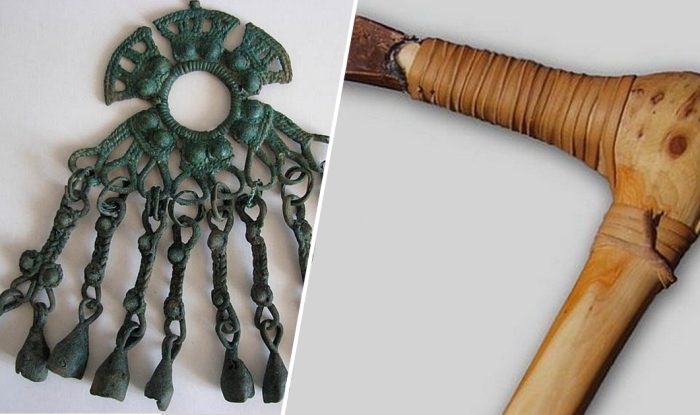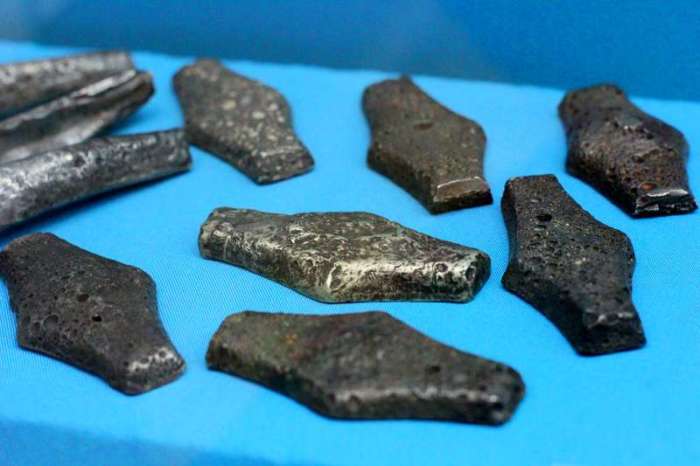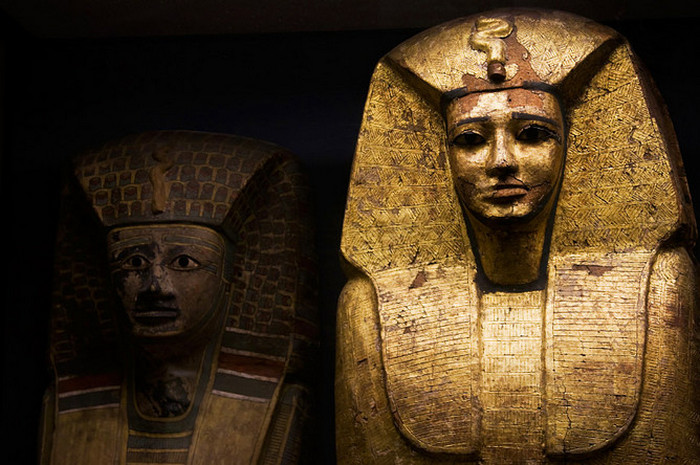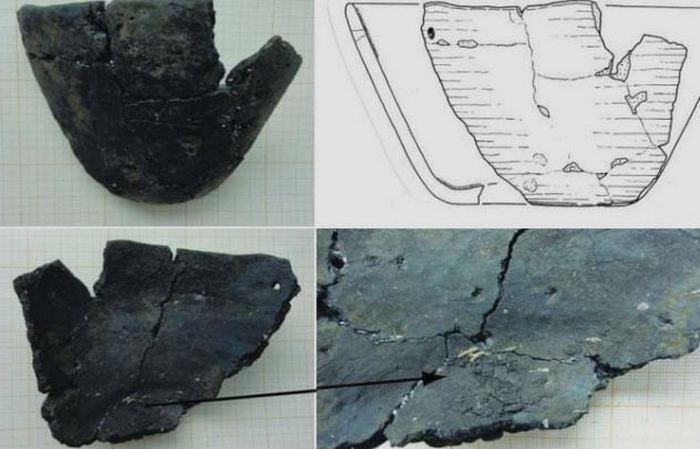What did the ancient Roman city of Herculaneum look like, buried under the lava of Vesuvius?
 Herculaneum is one of the three cities that fell victim to the eruption of Vesuvius in 79 year. The ruthlessness of nature, which destroyed the inhabitants and their homes, impresses everyone who is familiar with the history of these cities, but the irony of fate is such that it is thanks to this monstrous cataclysm and the speed with which it hit Herculaneum, the world after almost two thousand years can look into this city as if it existed today.
Herculaneum is one of the three cities that fell victim to the eruption of Vesuvius in 79 year. The ruthlessness of nature, which destroyed the inhabitants and their homes, impresses everyone who is familiar with the history of these cities, but the irony of fate is such that it is thanks to this monstrous cataclysm and the speed with which it hit Herculaneum, the world after almost two thousand years can look into this city as if it existed today.
Herculaneum was located on the shores of the Gulf of Naples. It was – because the eruption changed the geography of these places, literally “pushing” the sea from the city. The number of local residents at the time of the disaster numbered several thousand.
On the day of the eruption, August 24, 79, when the main attack of Vesuvius sent to Pompeii and Stabiae – cities that were buried in a matter of minutes under volcanic ash, residents of Herculaneum, where the amount of ash fell was small, left their homes and headed towards the hangars near Sea, where they hoped to wait out the impact of the elements.
Perhaps the proximity of the water created in them a false sense of protection from a volcano – after all, ships and boats were moored along the shore, on which it was possible to escape. But from the side of Vesuvius, a pyroplastic flow poured over Herculaneum – a mixture of about 400 degrees, consisting of stones, ash and volcanic gases. It was all over in minutes. The stream absorbed and covered the city, including the hangars, where people were getting ready for bed and hoping to wait out the danger. After nineteen centuries, hundreds of skeletons will be found here – and only a few in the city, including the building that has received the appropriate name from archaeologists – the Skeleton House.
The city has been preserved so well that when viewed from afar, only the lack of roofs allows us to determine where Herculaneum ends and modern Ercolano begins. However, the roofs of some of the houses of the Roman city have survived – just like individual shutters, stairs and even frescoes, the flow from Vesuvius was so fast, instantly displacing oxygen from the rooms.
Interestingly, before the main catastrophe of 79, Vesuvius conducted a “training” – in 62, an earthquake had already damaged the city, destroying some buildings. Then some of the inhabitants heeded the warning and left the city, the rest relied on the will of the gods. A layer of lava over the city was up to ten meters, and over time, a new settlement appeared at this place, and the memory of Herculaneum is a thing of the past.
Not far from the entrance to the city there was a hotel for guests of the city, and in its courtyard there was a small pool for collecting rainwater, not far from a large garden, where trees are now growing.
The main street – Third Cardo – leads to the city center and makes a special impression, firstly, with the quality of the paving, and secondly, with the presence of a sidewalk.
At the corner of this street is the building where the curia was located – the city council, it is called the August Board. This is a house with beautifully preserved frescoes, very reminiscent of the painted walls of the city of Pompeii.
In the small room of the gatekeeper, the remains were found, apparently, of the one who remained at his duty station until the last minute.
The city has perfectly preserved interiors of buildings that were not used for housing – for example, thermal fields, that is, a tavern or tavern, a wine shop or a bath or a bath. The latter are represented both by central terms and by suburban, which went straight to the coast, which was permanently replaced by walls of frozen volcanic rock. The main, central baths were divided into male and female parts, in the country it was not provided for, men and women, obviously, used the terms at different times.
Against the background of frescoes and brightly painted interiors in the houses of Herculaneum, the one that does not follow a common tradition is particularly notable: Tele’s large relief house, where marble figures became the main decoration.
The house owes its name to the relief found in it, depicting Tele, son of Hercules. Interestingly, the views from the house of the relief of Telef are found in different frames of Herculaneum – therefore, this building was popular and frequented by many citizens.
Well preserved and very attractive and now the house of Neptune and Amphitrite.



